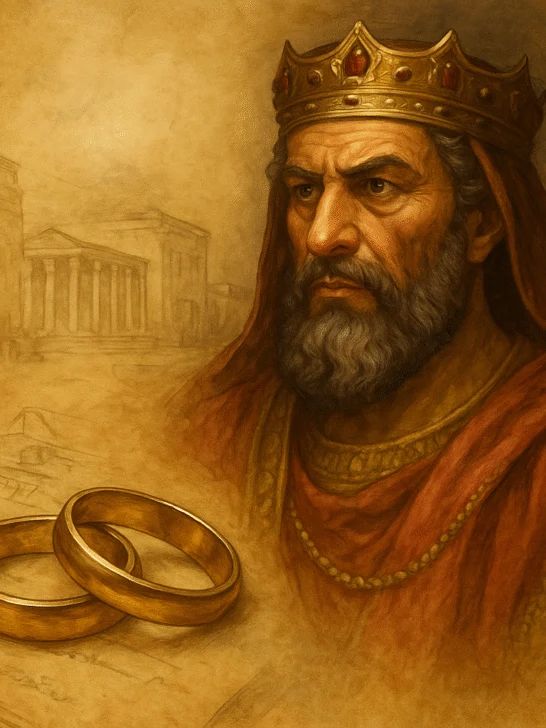The New Testament does not celebrate polygamy among its leaders or heroes of the faith. Instead, it consistently upholds monogamy as the normative pattern for Christian marriage (Matt. 19:4–6; 1 Tim. 3:2). However, the political rulers of Jesus’ day—members of the Herodian dynasty—did practice polygamy. These examples appear in the New Testament narrative not as endorsements but as part of the wider cultural and historical backdrop

Herod the Great

Herod the Great, the king who sought the infant Jesus in Bethlehem, is the most prominent polygamist mentioned in the New Testament story. While the Gospels refer to him primarily in connection with the Nativity account (Matt. 2:1 NIV), historical records (notably Josephus) make clear that he married at least ten women over his lifetime, including Doris, Mariamne I, and Mariamne II. His multiple marriages were political alliances designed to secure his rule over Judea (Josephus, Antiquities of the Jews, Book XIV).
Coldest Bible Verses: The Most Striking Passages in Scripture
Herodian Princes
Several of Herod’s sons and grandsons also took more than one wife:
- Herod Philip I (also called Herod II) married his niece Salome’s mother, Herodias, after divorcing his first wife, though this union produced no children (Matt. 14:3–4 NIV).
- Herod Antipas (another of Herod the Great’s sons) married Herodias after she left Philip, a union that John the Baptist publicly rebuked as unlawful (Matt. 14:3–5 NIV). Although this was technically a second marriage, it involved divorce rather than simultaneous polygamy.
- Herod Agrippa I and Herod Agrippa II each married more than one woman, following the dynastic tradition, though the New Testament mentions them chiefly in relation to Paul’s trials (Acts 12:1; 25:13–26:32 NIV).
New Testament Teaching on Monogamy
In contrast to the Herodian practice, Jesus and the apostles reaffirmed the one‑man, one‑woman ideal. Jesus pointed back to Genesis, saying, “Let no one separate” what God has joined (Matt. 19:6 NIV). The apostle Paul required that church overseers be “the husband of one wife,” underscoring monogamy as the norm for Christian leaders and, by implication, all believers (1 Tim. 3:2 NIV; Titus 1:6 NIV).
Conclusion
While the political Herodian family in the New Testament era did practice polygamy—most notably Herod the Great and several of his descendants—the teaching of Jesus and the early church leaders clearly upholds monogamy as God’s design for marriage among believers. The Herodian examples serve as cultural background rather than models to emulate.
References
The Holy Bible, New International Version. (2011). Zondervan.
Josephus, F. (n.d.). Antiquities of the Jews (Book XIV).

